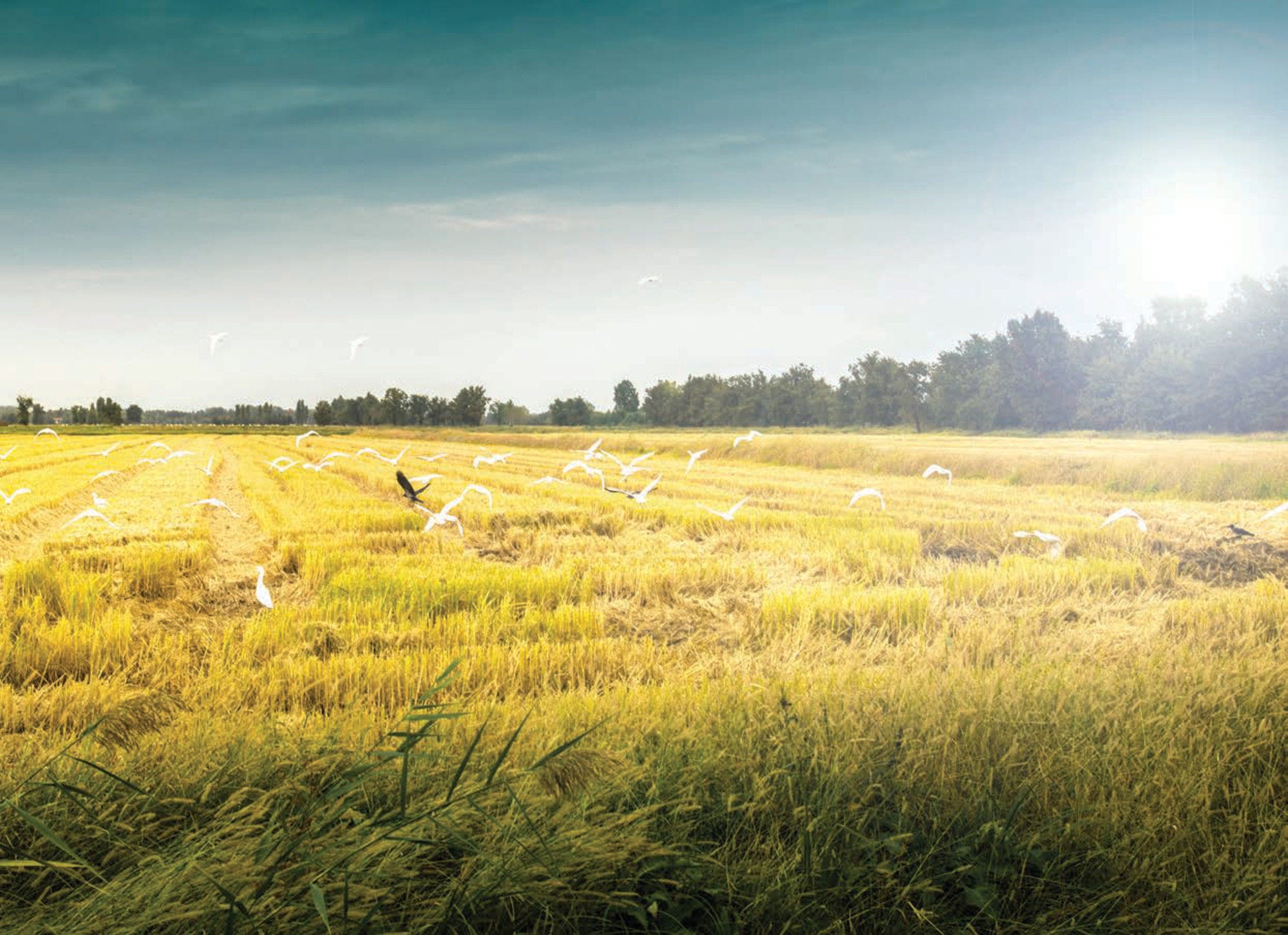In the mid-1990s, substantial reforms reduced state intervention in agricultural markets, which led to a stronger market orientation of the sector. Under the current system, there are no domestic market support interventions and no export subsidies applied. Border measures, applied on the Southern African Customs Union (SACU) common borders, are the only price support policy. The Sugar Agreement of 2000 (between different agents in the sugar production chain) permits raw sugar to be exported only through a single-channel industry arrangement, and allocates quotas to individual producers for sugar sold on the domestic market.
Other policy instruments used are input subsidies, mainly in the form of a diesel tax rebate; programmes supporting new farmers benefiting from land reforms; and general services provided to the sector, mainly research, extension and inspection services. The National Land Care Programme (NLP) is a community-based and government-supported approach promoting sustainable management and use of natural agricultural resources.
The key government bodies implementing these policies are the Department of Agriculture, Forestry and Fisheries (DAFF) and the Department of Rural Development and Land Reform (DRDLR). In addition, the National Agricultural Marketing Council (NAMC), a national public body, provides DAFF with strategic advice on agricultural marketing issues; undertakes investigations on agricultural marketing and marketing policy; and coordinates the implementation of all statutory measures implemented by the food industry.
The Land Reform, launched in 1994, is the key policy issue related to the agricultural sector. The main objectives of the Land Reform are to redress past injustices, foster reconciliation and stability, support economic growth, improve household welfare and alleviate poverty in rural areas. Land restitution, land redistribution and land tenure reform are the main elements of the Land Reform. During the process of implementing the Land Reform a range of programmes (Comprehensive Agricultural Support Programme; Illima/Letsema projects; Micro-agricultural Financial Institutions of South Africa – MAFISA) were implemented to create an enabling environment for the previously disadvantaged farmers (subsistence, smallholders and commercial), such as capacity building, provision of appropriate information services and infrastructures.
A review of the Land redistribution for agricultural development (LRAD) projects indicated that a number of projects implemented are not economically viable. The DRDLR amended the Land Reform regulation in order to rationalise the land redistribution process and to assist the vulnerable projects. The Agricultural Land Holding Account (created in 2009) is responsible for land acquisition and, through the Recapitalisation and Development Programme, for recapitalisation and development of distressed land reform projects. The beneficiaries may dispose of the land after an agreed lease period, provided the project is economically viable.
The Integrated Food Security Strategy (IFSS), introduced in 2002, based on public and private civil society partnerships, focuses on household food security as the building block for national food security. One of the strategic approaches is to increase household food supplies by providing production support services to households’ own food production. The food security objective is further supported by Fetsa Tlala, an integrated food production initiative (introduced in 2013), which is aimed at the production of staple foods on fallow land with agricultural potential in communal areas.
The Comprehensive Rural Development Programme (CRDP), launched in 2009, provides support for the development of rural areas through two main programmes, both of them related to the agricultural sector. The Rural Infrastructure Development (RID) programme promotes investment in rural infrastructure. Expenditure increased significantly due to the increase in funding for projects providing access to basic services, particularly sanitation, irrigation and roads. The Rural Enterprise and Industrial Development (REID) programme assists in the co-ordination and facilitation of rural enterprise development, industrial development and support to rural communities to produce their own food.
South Africa is a founding member of the Southern African Customs Union (SACU).1 This is a full customs union, with a common external tariff. In 1994, South Africa became a member of the Southern African Development Community (SADC).2 For the implementation of the FTA, the SADC incorporated the principle of asymmetry: a phase-down (started in 2000) of SACU tariffs in five years (by 2005); and those of other SADC countries to be completed in 12 years, i.e. by 2012. Hence, from 2012, the SADC free trade agreement (FTA) has been fully implemented.
South Africa is also a beneficiary of the USA African Growth and Opportunity Act (AGOA), which is a non-reciprocal trade preference programme that grants eligible Sub-Saharan Africa (SSA) countries duty-free quota-free (DFQF) access to the United States (U.S.) for selected export products. The AGOA act was enacted in 2000 for a period of 8 years to 2008. The initial Act was extended to 2015, and further extended to 2025. AGOA has a positive impact on some of South Africa’s agricultural sub-sectors in particular the exports of wine, macadamia nuts and oranges.
Signatory to the 2016 Paris Agreement on Climate Change, the South African Government has committed to reducing greenhouse gas (GHG) emissions by 34% by 2020 and 42% by 2025 relative to the levels in 1990 (National Climate Change Response Policy 2011), through an approval of a carbon tax bill on 16 August 2017. The Carbon tax bill is an integral part of the system for implementing government policy on climate change. The bill is designed to enable South Africa to meet its NDC commitments, and to reduce the country's GHG emissions in line with its National Climate Change Response Policy and National Development Plan.







